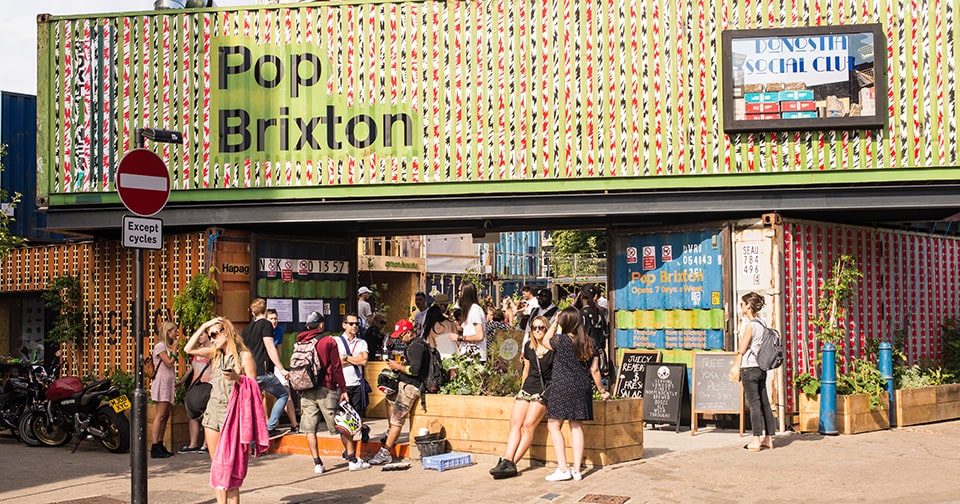
All the usual suspects were in the top 50. Nathan Outlaw, Sat Bains and Heston Blumenthal all received kudos for their projects. Michelin-starred Murano was number 38 on the list, South London neighbourhood favourite The Dairy was featured, as was Tom Sellers’ celebrated concept-store, Restaurant Story.
But, another story has emerged from next year’s list: Location. Three restaurants housed in shipping containers feature in this years’ guide: Cook House in Newcastle, Craftworks Street Kitchen in Truro, Cornwall, and Kricket in Brixton, London.
Elsewhere, the independently-run Gloucester Services is celebrated for its rejection of the off-the-peg chain-led nature of UK services stations, instead opting for a gourmet café and locally sourced food. In Norfolk, Shuck’s at the Yurt, a restaurant in a tent, is featured.
Although the concept of pop-ups in shipping containers is no new phenomenon, the inclusion of so many on this esteemed list surely shows that these sites are underpinned by quality, rather than a passing fad.
The guide’s consultant editor, Elizabeth Carter, told The Guardian newspaper, “From yurts to campsites, bike shops to shipping containers, the vessel in which a good restaurant sails is no barrier to entry in our guide.”
So what is behind the restaurant industry’s break with bricks and mortar? Is it just fashion and a taste for pop-ups, or driven by a more critical space shortage in our cities?
For Chris Stern FCSI, managing director of Stern Consultancy, which deals more often with commercial and business foodservice, the appetite for excellent catering, everywhere, and quickly, is behind the trend – and is not just limited to restaurants.
“The expectation of the British public has changed. A large proportion of this is driven by the street food phenomenon. There is an appetite for catering everywhere and to deliver that the restaurant industry has had to adapt.
“They have to look cool, interesting and exciting and shipping containers are a great way of doing that flexibly, in an exciting sexy way.
“Schools and universities are picking up on that as well.”
Ellie Clayton
